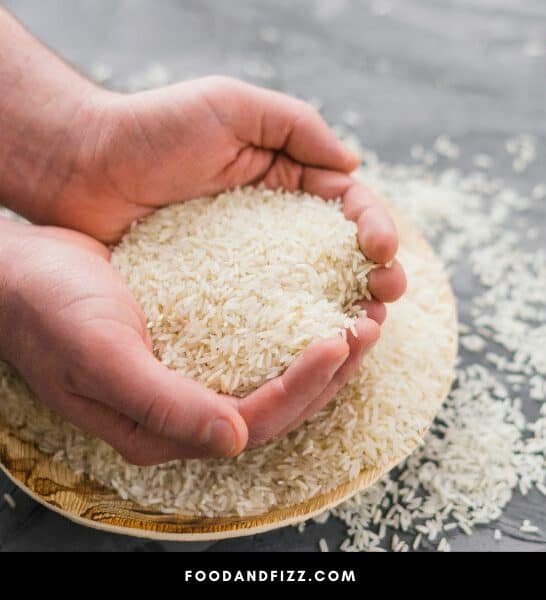Rice is one of the most important agricultural crops in the world today and is a staple food of over half of the world’s population. Rice is so important that there are thousands of varieties worldwide, all differing in nutritional value, flavor, and characteristics.
Polished rice is a term that not many of us may have heard of, and it’s understandable if it conjures up images of rice that is expensive, rare, and available only to a select few.
That, however, couldn’t be further from the truth. Polished rice is very common and even if you have not heard of the specific term, you most definitely have encountered it. Polished rice, simply put, is just white rice, and if you’ve ever had white rice, you’ve had polished rice.
So what is the deal with polished rice and how do you get it?
How To Polish Rice?
To get polished rice, you can either buy it specifically from the store, get a home rice polisher that polishes the rice for you at varying thickness levels, or you can do it by hand by washing the brown rice and manually kneading it to “bruise” the rice grains. Manual polishing will not yield the same results as those done with a machine, but it is an effective method if you just want to make your rice softer and more digestible.

What is Rice Polishing?
Rice polishing is when the grains of rice are processed through a machine in order to remove its outer layers. This process is what turns the rice grains from a dirty brown into a polished, shiny white color.
While this process is what makes the rice attractive and generally more palatable, rice polishing and milling are also responsible for stripping away most of the nutrients in rice.
The nutrients found in rice are mostly concentrated on its outer layers. Fats, proteins, and vitamins are all found near the surface, while starch is concentrated in its interior.
These nutrients are stripped away as the outer layers are removed, which is why white rice, a form of polished rice, is said to be inferior in nutritional value compared to its less processed counterpart, brown rice.
Most commercial producers, though, add some of these nutrients back to the rice at some point in the processing, so it is not completely devoid of any nutritional value. However, most health advocates argue that the unprocessed and natural quality of unpolished and less processed rice provides more superior types of health benefits.
No matter what side of the nutritional spectrum you may fall on, it is still an undisputed fact that white rice is still the most heavily consumed type of rice around the world.
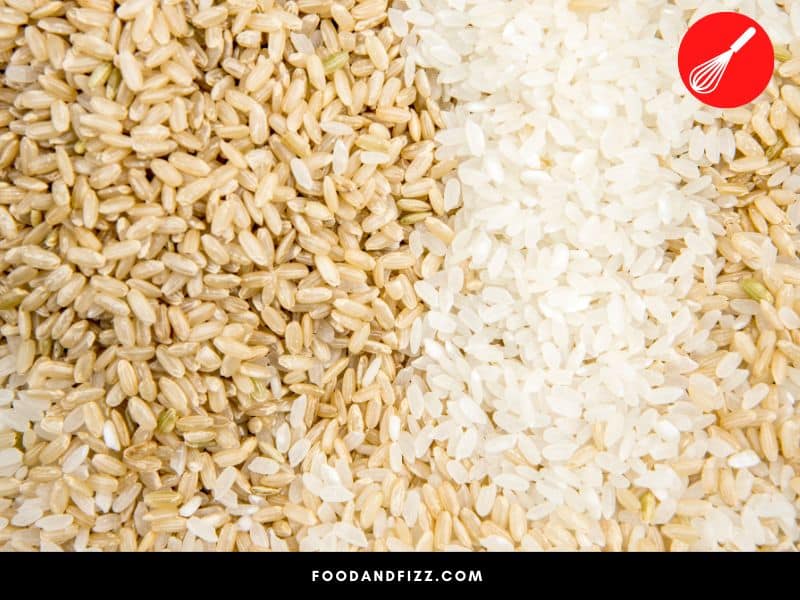
How Do I Get Polished Rice?
To get polished rice, you can do any one of the following.
1. Buy Already Polished Rice
White rice or polished rice is widely available in most stores, and you can get it in a wide range of varieties. This is the easiest and maybe most cost-effective way to get polished rice.
2. Buy a Rice Polishing Machine
A rice polishing machine specifically made for the home will allow you to polish your brown rice to varying degrees of thickness and levels of processing. This is very useful if you want to be able to control how much of the outer layers are removed, or what is known as the rice polishing ratio.
The rice polishing ratio might not matter as much if you are just making rice for eating (although some foodies are particular about the specific texture and flavor of the rice they use), but it is extremely important for those who are into drinking or making sake.
Some high-end rice cookers will also have this function which can take care of the polishing for you.
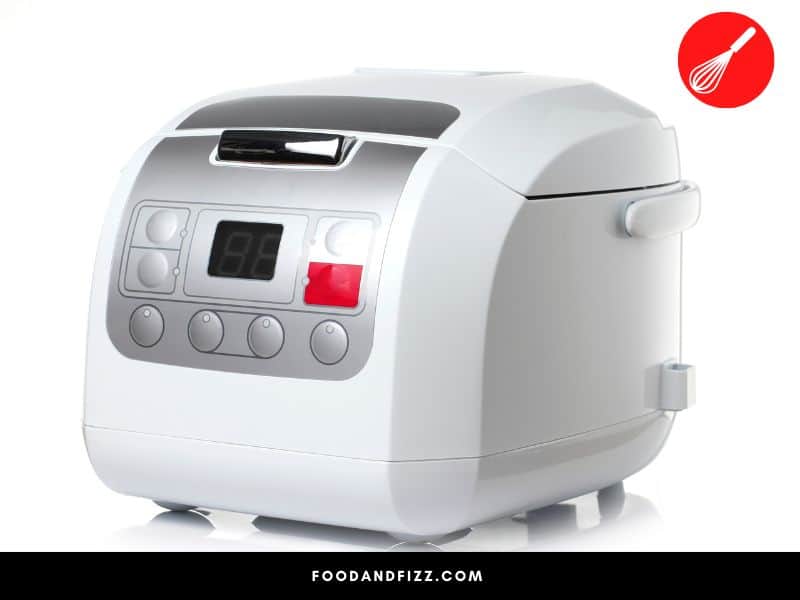
3. Polish the Rice Yourself
Finally, if you don’t want to invest in a home rice polisher or a high-end rice cooker, or you are one of those people who just love to DIY stuff in the interest of science, you can opt to polish the brown rice yourself.
Granted, it will not magically turn your brown rice into the white rice that you see in stores, but you will dramatically increase its digestibility and ease of cooking. We’ll explore the simple method in the next section.
How to Polish Rice
This method is a simple way to polish or process your brown rice without a home rice polisher.
You can easily polish rice through the following steps:
- Measure the rice that you need using a measuring cup. It’s best to use the measuring cup of your rice cooker if you’re using that to cook your rice.
- Place your rice on a metal strainer or colander, and place it over a bowl. You can do this step in the sink for convenience.
- Working quickly, add enough water to cover the rice and rinse and swish the rice grains around for about 10 seconds.This is done to get rid of all the dirt and possible impurities found on the surface of the rice. Discard the water.
- Repeat the rinsing process 2-3 times if the rice water is still dirty, but it is important to do this very quickly. Rice, when it comes in contact with water, is naturally wired to absorb it. Not working quickly will cause the rice to absorb all that dirty water, which is not something you want to happen.
- After rinsing, place the colander back in the bowl and start squeezing and kneading the rice, moving it around the colander or strainer. Think of it like gently massaging the rice grains. This process is what is called bruising, and it is the one that softens the outer bran and breaks it apart so that water is allowed to seep in. This allows the brown rice to absorb more water and is what makes it softer and easier to digest.
- Rinse the rice twice, and see how the brown-colored water comes out of the bruised rice.
- Take some grains onto your hands and rub them between your fingers. The texture should be coarse. If it is still smooth, it means the rice is not bruised enough, and you should repeat steps 5 & 6.
- Again, this process shouldn’t take a very long time to do, and should only take you around 10 minutes.
Polishing rice in this way will not make your brown rice into the shiny white rice you see displayed in stores, but it will definitely make your brown rice lighter, more digestible, and easier to cook.
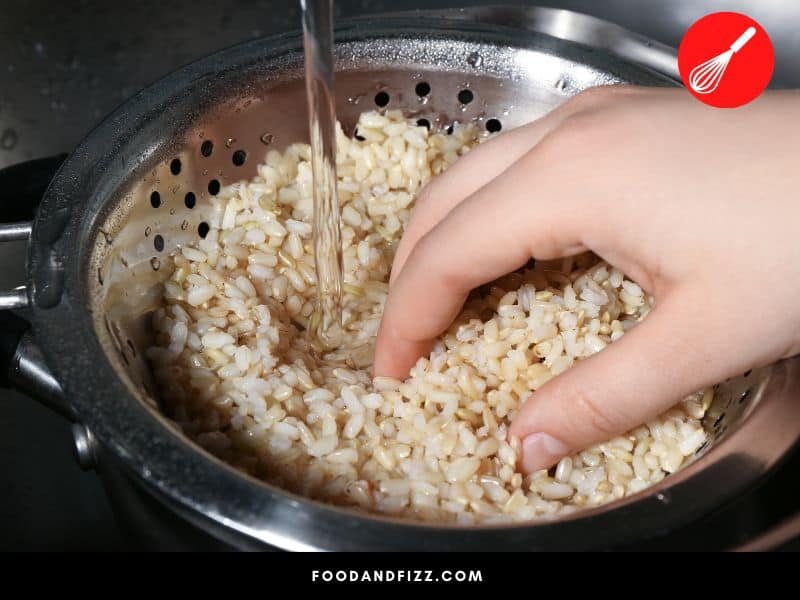
Polished Rice vs Unpolished Rice
Polished rice is simply white rice or rice that has its outer hull, bran and germ removed through processing. Unpolished rice, by contrast, is rice that only has the inedible outer hull removed, while the bran and germ remain intact. Brown rice is an example of unpolished rice.
Why Is Rice Polished?
Rice is polished for a variety of reasons. Below are some of the advantages of polishing rice:
- Polishing rice improves digestibility by removing some of the insoluble fiber
- Increases palatability
- Makes rice more delicate in flavor and texture
- Increases appetite appeal: shiny, smooth white rice grains are perceived to be more appealing than the coarser grain of unpolished rice.
- Polished rice cooks faster than unpolished rice
- Polished rice has a longer shelf life than unpolished rice, with the fats and proteins intact which may go rancid much faster.
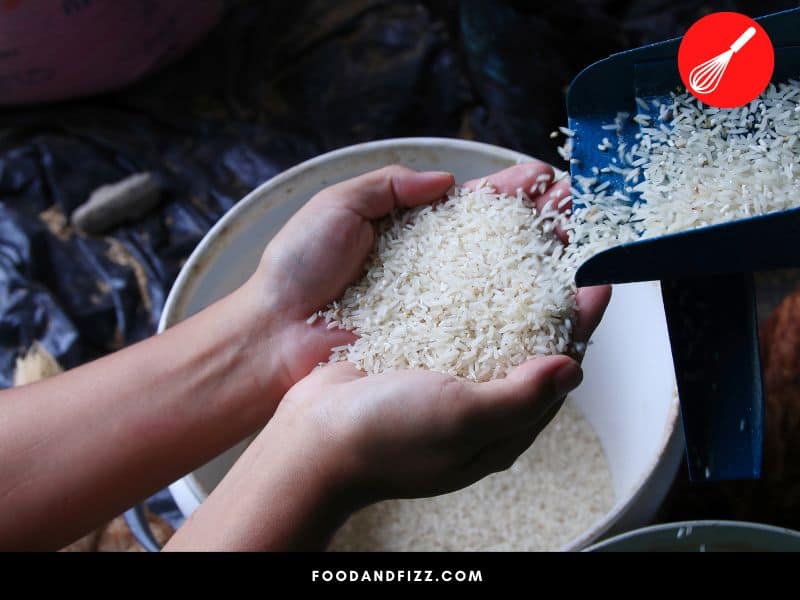
On the flip side, there are also disadvantages to consuming polished rice:
- Nutrients are stripped away from the processing. Even if it is enriched afterward, from a whole foods perspective, “enriched” foods are not considered ideal as the nutrients found in them do not have the same health-supportive natural energy as intact, unpolished rice.
- Does not contain a lot of fiber and contains mostly starch, so it is not advisable to consume in large amounts for people who are managing their blood sugar levels.
- It has a higher glycemic index, which increases the risk for diabetes.
What Are the Benefits of Unpolished Rice?
Most nutritionists agree that unpolished rice like brown rice is the more superior choice health-wise, for the following reasons:
- High in insoluble fiber
- Contains nutrients like vitamins and minerals that support vital processes in the body
- Lower in glycemic index and doesn’t cause blood sugar to spike rapidly
- Helps with weight loss
- More natural and less processed
- Has compounds intact that help manage cholesterol and prevent hypertension and other illnesses
- May contain compounds that have anti-cancer properties
In an email to us, The Philippine Rice Research Institute stated that brown rice or unpolished rice is superior to white rice or polished rice in terms of health benefits.
Unpolished rice contains fiber, beneficial fats, protein, and a load of B vitamins that help reduce the risk for cancer, diabetes, and heart disease.
Aside from the health benefits, the production of unpolished rice or brown rice also saves manufacturers energy and fuel because the polishing and whitening steps are not done anymore. This makes it more cost-efficient and more environment-friendly.
In general, unpolished rice is the better choice in terms of benefits but polished white rice does have its important uses. As long as intake is managed and a variety of healthy foods are added to the diet, I believe polished rice can be part of a healthy diet, too.
I’ve Heard of Polished Rice in Relation to Sake. What is the Connection?
Sake is an alcoholic beverage originating in Japan that is essentially made from fermented rice. Polished rice is crucial here as it largely determines the character of the sake.
In sake-making and drinking circles, there is what is called the “rice polishing ratio”. It is a value that reflects how much the rice is polished, or essentially, how much of the outer bran is removed. The percentage is reflective of how much of the rice core remains after the polishing process.
For instance, a rice polishing ratio of 60% means there is 60% of the rice core left because 40% has been polished off. A lower figure would mean that more of the outer layer has been stripped off, and they are generally considered more premium and more expensive due to lower yield.
Why is polishing important here, you ask? Well because the outer layers contain fat and protein, they can lend a strong and unusual flavor profile to the sake, which is why in general, the “purest” tasting sake have more of the outer layers removed or a lower polishing ratio, and are usually more expensive.
What is the Rice Polishing Ratio of Rice For Consumption?
So this whole talk of rice polishing ratios leads us back to our polished rice for consumption. In general, rice for regular consumption has a rice polishing ratio of about 90-92%, which means that only 8-10% of the outer bran is removed, thus maintaining some of the nutritious components found in rice.
Rice that is used for brewing sake would generally be polished to a ratio of 70-50%, in some cases even less.
Frequently Asked Questions to How to Polish Rice
How Do I Polish Rice By Hand?
To polish rice by hand, rinse and stir the rice in a colander or metal strainer. Knead and squeeze the rice grains with your hands and rinse twice. If you rub the rice grains together and they are coarse in texture instead of smooth, you have successfully polished rice by hand.
How Do I Polish Rice For Sake At Home?
To polish rice for sake at home, you may get a home polishing or home milling machine, preferably one that allows you to indicate the level of polishing you want for your rice. It is not something that can accurately be achieved by hand.
Which is Better, Polished Rice or Unpolished Rice?
Most nutritionists agree that unpolished rice, with all its nutrients intact, is a better choice than polished rice, although polished rice does have its specific uses, and makes it irreplaceable in those uses.
Is Polished Rice the Same as White Rice?
Polished rice is rice that has had the bran, germ and hull removed, which is essentially what white rice is.
Conclusion to How to Polish Rice
Polished rice is easily available at most stores but you can also polish rice yourself by using a special rice cooker or a home rice polisher. If you do not have access to those, you can also polish rice yourself at home, using a colander, water, and your hands.
While it may not magically make your brown rice white, it will surely improve its texture, ease of cooking and increase its digestibility.

